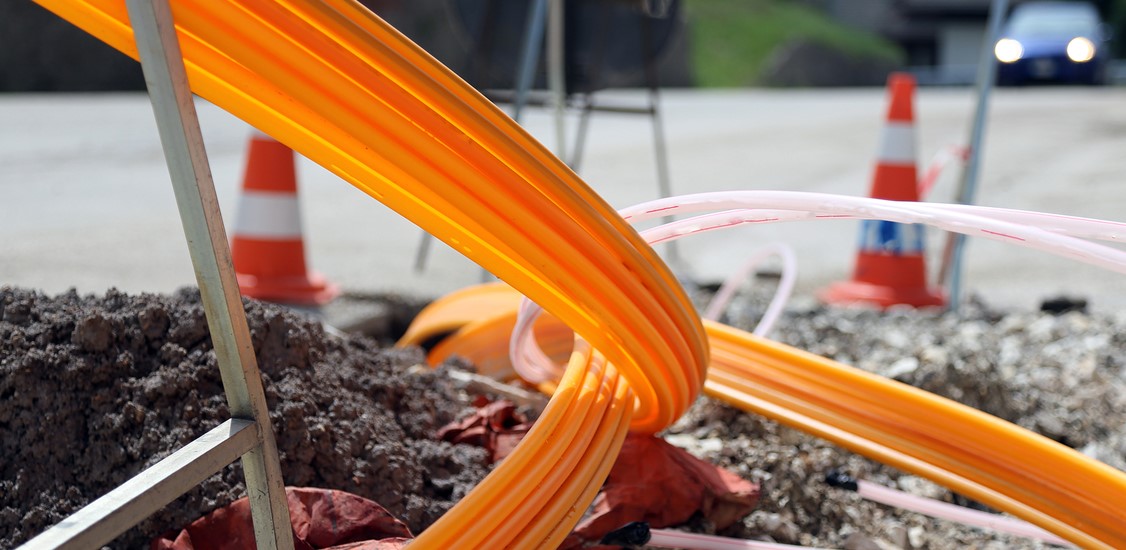The ambitious goal of the $65 billion in bipartisan infrastructure funding available for building out broadband is to connect all Americans to reliable, affordable high-speed internet and close the digital divide. But we’ve spent billions on building out broadband before - $40 billion in the last ten years, yet none of these efforts have succeeded to the level intended.
The FCC could not identify where high-speed internet was missing without accurate maps of address-by-address coverage. "We lack an honest picture of the communities that are consigned to the wrong side of the digital divide, [those] most at risk of falling further behind," says FCC Commissioner Jessica Rosenworcel. "We need maps."
Broadband mapping will identify what speeds are currently available and who actually qualifies as unserved or underserved, so we know we’re heading in the right direction. That's what a map is, right? It tells us the best route to get from here to there. Mapping is important and needs to be done, but with integrity and without the search for perfection, or we will never address the real problem we're attempting to solve - closing the digital divide.
What’s so hard about mapping?
Take a drive from Texas up to the Minnesota Boundary Waters for a vacation, all the way up to the border of Canada and right through the American heartland. Think about every bit of census block along that 2000-mile line that must be addressed with broadband. Then, consider that it also extends 3000 miles in one direction and 2000 miles in the other: Millions of square miles need to be reviewed and, more importantly, kept up to date to provide coverage for those people living there need.
Previously, much of this regional mapping data was tribal knowledge, not kept on paper, but every day, we build new roads and construct new buildings. Ours is a continually evolving world. As soon as mapping became current, it was no longer current anymore. As a result, multiple people had multiple records of different information. An old warehouse ends up next to a high rise because the community planning wasn't done well or proactively. People have different standards, and even politics can get in the middle of the best way to get things done.
The problem with perfection
I once ran a marketing department with two young women working for me. Both were writers, one with an English degree and the other in business. The one with the business degree understood her job was about the speed in getting out communication. The one with the English degree could not handle the fact I was ready to run with an article as long as it was at least 90% good. I didn’t have the time to wait for perfect, but more importantly, I didn’t think I needed it. Her need for perfection never let her feel comfortable letting that 10% slide. In the end, she had to move on from the company.
In the same way, our problems with mapping have been a perceived need for perfection. We spend half our time getting to 90% and then the other half perfecting it. Mapping is important, but our goal is not to have the most accurate maps. We don’t have time to wait for perfect if we hope to get communities across the digital divide - the rest of the world already equipped with high-speed broadband is rapidly leaving them behind. By the time we got to perfection, we would be addressing needs and responsibilities that were no longer current.
90, even 80 percent perfect, with a common set of tools
We have a common set of metrics for mapping - broadband access, Internet adoption, upload and download speeds, number of providers in an area and the percentage of the population served at each provider tier - so instead of focusing on perfecting those metrics, we can focus on providing a common set of tools for in-need communities to work with. It’s like making a cake: We need measuring cups to create a recipe, but if everyone has a different set of measurement cups, the cake will come out different every time. With a common set of tools, even the most rural communities can build out high-speed broadband right.
We don't have to have each and every household correct in our mapping for our approach to broadband deployment to be reasonable. In journalism, I was willing to run with 90 percent, but with broadband mapping, even 80 percent perfect will make a world of difference for the 120 million Americans using outdated speeds less than 25 Mbps down and 3 Mbps up - not much faster than 1990s dial-up modems. With the maps at least 80 percent right, we ensure the places that need broadband first get it faster.
It also takes integrity
The first stages of government funding programs need to go to mapping, but it will likely need continual funds added to it as we go. Will it be enough money? Will it end up going to the right place? Well, that takes a level of integrity on the part of applicants not to waste what we have on unnecessary handouts. Accurate mapping can identify environments where they are and aren’t necessary. We can enforce fines or rejections to the people within those environments who misrepresent themselves after the fact. Still, first and foremost, we must tend to those most at risk of falling irreparably behind.
There was no mapping for the PPP loans after COVID. They were based on self-integrity because people needed money and fast. Based on the definition provided, my auditors, bankers and lawyers all said I qualified. So naturally, we applied. Then, as the government continued to refine that definition, we self-selected to turn down the millions of dollars awarded to us based on those changes. That integrity helped ensure that more money went to the right place. Sure, many people didn't do that, but in the end, people who needed them got funds at phenomenal speed.
Broadband mapping can be done the same way. It may not be perfect, but it will be enough to get the money to the people who need it most. Mapping is necessary to use this broadband money efficiently toward our goal of closing the digital divide, but we need to accept it as an iterative process. First, we need to get broadband to the people who need it fast. We can fund this ad nauseam, and still, it would never be perfect. Instead of being dismayed by that fact, let’s embrace it and start building networks.





















